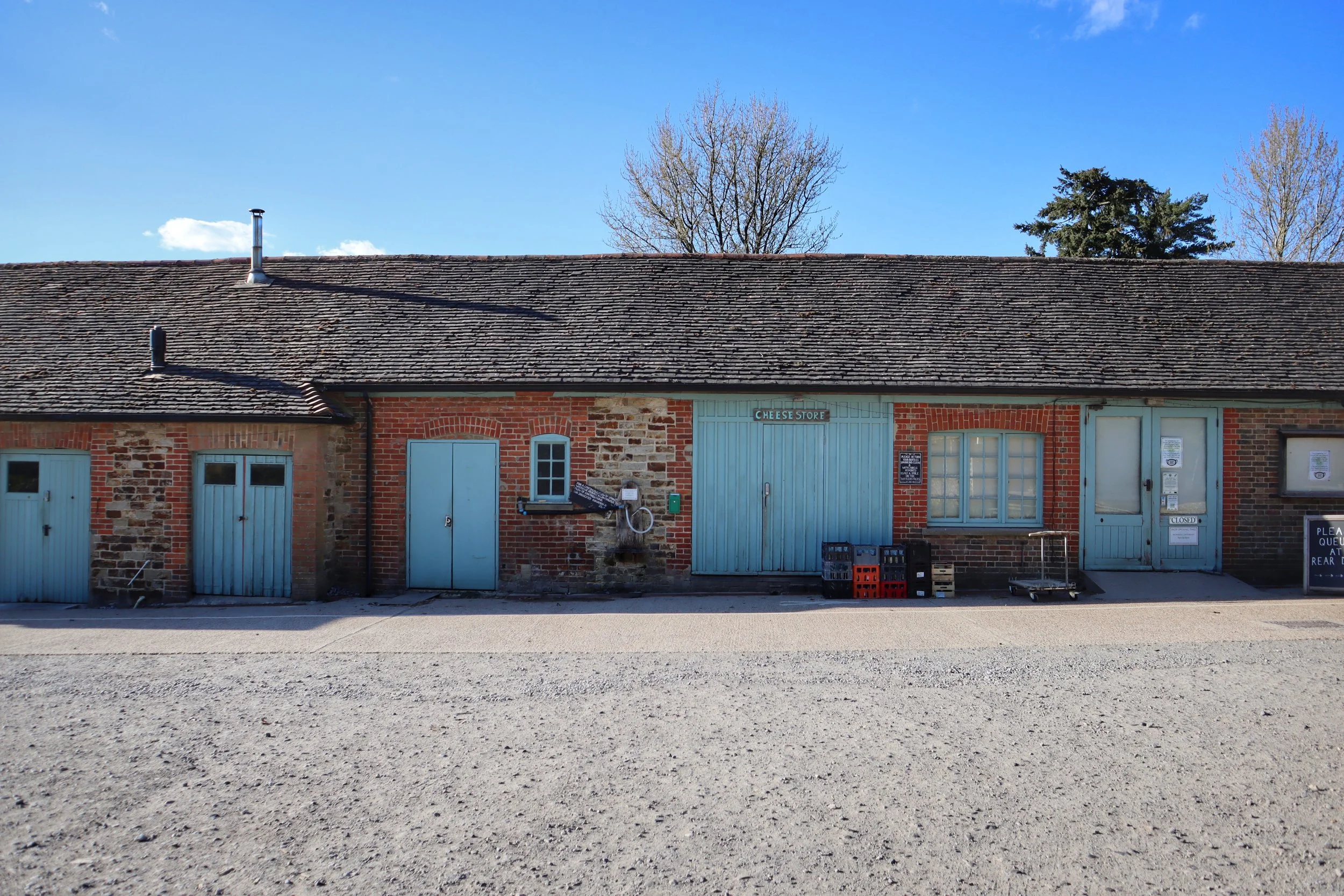The story of Dutchman
A TALE OF JOY, WOE, AND REDEMPTION
Tali Eichner
As I write I have just been preparing for tomorrow’s cheesemaking and Dutchman is on my mind. This will be our third day of Dutchman in as many weeks, which feels like a lot given how sporadically we’ve made it until now, with a few long periods without making any at all. Now we don’t seem to be able to make enough, hopefully a sign we’re getting it right.
Since I learned to make Dutchman thirteen years ago, it’s been a tumultuous affair; always fun to make, but we’ve been both rewarded and taunted by the results in equal measure. The cheese is named after Philip Donker, the Dutch cheesemaker who first brought it to Plaw Hatch, and it has been passed down the line of Plaw Hatch cheesemakers since. I don’t think we have the original ‘recipe’, but if we did, I’d guess it looked broadly like the current one. However, small differences in making cheese are amplified in the maturation, and I imagine it had been through many small revolutions before I got my well-scrubbed hands in the curd, and it certainly has since.
In 2010 there had recently been several fundamental changes to the way Dutchman was made and so the cheese was already in a process of experimentation by trial and error.Until then it had been matured with a coating widely used for gouda and many continental cheeses that allows it to breathe, but also protects it from moulds and prevents the loss of too much moisture during ageing. Shortly before I joined it was discovered that it contained a component that didn’t meet Demeter (or our) standards. This prompted a change to ageing Dutchman in vacuum packs, which didn’t allow the cheese to breathe or lose any moisture or gasses which lead sometimes to bitter flavours and the tiniest pocket of air would could cause mould to spread. Susan, my predecessor, had also just started trying with a new blend of bacterial cultures. A lot of the aromatic compounds in cheeses come from the activities of the bacteria we introduce, which also produce the carbon dioxide gas that forms small eyes in body of the cheese. The results were already showing positive effects although it wasn’t quite giving us the savoury, nutty notes I imagined this cheese should have. Admittedly, with no great inspiration, I persevered with it as it was, tweaking things in small ways with little success.
A few years later Holly started working in the dairy and together we were inspired to experiment. Dutchman is a washed-curd cheese, meaning some of the whey that has been separated from the curd is removed and replaced with water, which slows down the acidification. This type of cheese is very different from British territorial cheeses in that a lot of the whey has been driven out of the curd early on before it’s really started to acidify, which keeps all the minerals in the curd giving it a more elastic texture. We had a sense that it was acidifying too quickly whilst pressing, so we tried more extensive curd-washing, and increasing the scalding temperature to reduce the moisture level, but the results were not very conclusive.
Later that year, when judging at the International Cheese Awards, I met a technical expert from a culture supplier who recommended trying a different blend. I got a sample delivered and made a tentative batch with which we had to adapt as it acidified more slowly and steadily. The curd smelled and tasted different and was slightly firmer. After an impatient couple of months maturing the whole dairy crew gathered to taste it and unanimously voted it the best Dutchman ever! This was exactly what I’d always imagined it should be. We immediately set to making it again, trying to reproduce our triumph exactly. The result was bitter and too much gas was produced, making the wheels swell and produce strange aromas. Disappointed, we gave it to the pigs and chickens and set to it again, modelling everything we did on the now legendary long-since-eaten batch. The results were even worse! It’s still a mystery why these attempts failed. In despair and with a shortage of milk and low on stocks of cheese, I decided we just didn’t have enough milk to be wasting it, and so gave up on the Dutchman dream for some time... but not entirely.
I started devising recipes to make our own coating for maturing Dutchman in beeswax as a base, but hit a hurdle as we couldn’t find a supply of wax from hives where pesticides weren’t used. However, it did set things in motion again to try maturing Dutchman with just a few coatings of olive oil. This slows but doesn’t prevent the release of moisture and gasses and allows the natural flora of the cheese store to coat the rind. After the previous variability in results, I was initially very tentative about drawing any conclusions, but after two Summers of making it this way (we rarely have enough milk to make much in the Winter), it’s working well!
Right now, we are just about to run out of the peppercorn Dutchman and will have a couple of weeks hiatus until our next batches mature, when we will have unflavoured, chilli, cumin and peppercorn flavoured varieties.









